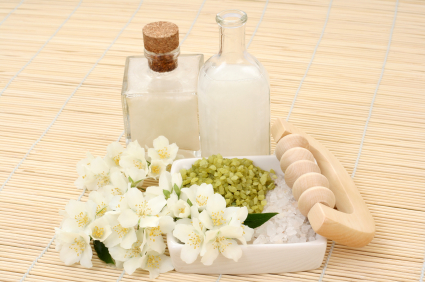Smell Better, Sell More

Does a better-smelling product work better? Probably not, but people will THINK it does. Research shows that people rated a better-smelling product higher in completely unrelated performance areas. Reading Whiff! The Revolution of Scent Communication in the Information Age by Brumfield, Goldney, and Gunning, I was led to The Smell Report, a white paper authored by Kate Fox and published by the Social Issues Research Centre. The paper cites two examples of consumer perceptions being influenced by scents:
In an experiment in a Las Vegas casino, the amount of money gambled in a slot machine increased by over 45% when the site was odorised with a pleasant aroma!
In another study, a shampoo which participants ranked last on general performance in an initial test, was ranked first in a second test after its fragrance had been altered. In the second test, participants said that the shampoo was easier to rinse out, foamed better and left the hair more glossy. Only the fragrance had been changed.
The shampoo effect is particularly notable because changing just the fragrance improved the performance ratings of the product in entirely unrelated areas. (I wasn’t able to track down the original research – if any Neuromarketing reader is familiar with that study, please post a link.)
These findings have obvious implications for grooming and beauty products, but could apply to just about any product area. Most products don’t have a scent, nor do consumers have an expectation of a scent. Many products do, of course, as do environments. Often, a fragrance associated with a product or environment is an afterthought – clearly, as much effort should go into choosing the scent as, say, the color(s).
Smells Aren’t Always Good
In the shampoo research, the product tested was originally ranked last in performance. One wonders if the dramatic improvement was due not just to the choice of a pleasing scent for the second phase, but also because the initial scent was a turn-off. I recently stayed in an upscale hotel, and one high-traffic area had a distinct, somewhat unpleasant smell. I noticed it each time I passed through the area. When some hotels are striving to use scent in their branding message, I wondered what kind of branding this particular facility was accomplishing. Being in the middle of reading and writing about scent marketing no doubt made me more aware of this olfactory off-note, but I’m sure many other guests processed it even if all weren’t consciously aware of it.
It would be interesting to see if an environmental scent like the one I encountered in that hotel would, like the shampoo fragrance, affect the hotel’s ratings for mostly unrelated topics like customer service, cleanliness, decor, and so on. If so, the effect would likely be to cause lower guest opinions of these aspects of their stay.
The Sniff Test
The takeaway here is simple – be sure your product passes the sniff test. If you are going to introduce a product that incorporates fragrance, don’t just assume that “Spring Mist” or “Tooled Leather” will be fine – test a number of alternatives on real consumers to see if one outperforms the rest. The performance characteristics of the product that you take for granted may well be upgraded or downgraded by consumers based on the product’s scent.
P.S. While researching this topic, I ran across a product I’m tempted to try… Why not get a wakeup jolt at the same time as you are showering? That’s the premise behind Mocha Espresso Shampoo. The visual of pouring a Starbucks Mocha on my head isn’t too enticing, but research does show that the mere scent of coffee has much of the wakeup effect of drinking the stuff.
